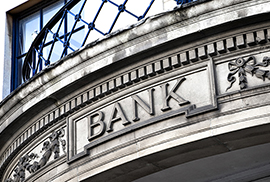Read the full paper.
Multilateral Development Banks (MDBs) are exploring scalable risk transfer strategies to expand their lending capacity and meet the ‘billions to trillions agenda’ adopted in 2015. This report outlines a roadmap for MDBs to implement large-scale risk transfer by drawing lessons from commercial banks and US mortgage refinance agencies.
Commercial banks utilize standardized ‘platforms’ to efficiently transfer risk, benefiting from economies of scale and streamlined processes. While these banks operate independently, they adhere to regulatory reporting standards, providing a degree of coordination.
US Government Agencies and Government Sponsored Enterprises (GSEs) offer a more coordinated approach, enforcing data standards that support efficient loan risk transfers from initial contracts to investor reporting. This model may be particularly relevant for MDBs, given their cooperative nature.
MDBs have already taken steps towards coordinated risk transfer, including the Global Emerging Markets Risk Database (GEMs) consortium and institution-specific platforms. However, these initiatives currently lack the comprehensive data required by investors, particularly regarding collateral, financial characteristics, and sustainability metrics.
To achieve truly scalable risk transfer, MDBs need to collaboratively develop a systematic and coordinated approach. This report explores how MDBs can combine existing efforts with new strategies to create an efficient, standardized risk transfer infrastructure that meets investor needs and supports substantial balance sheet expansion.


